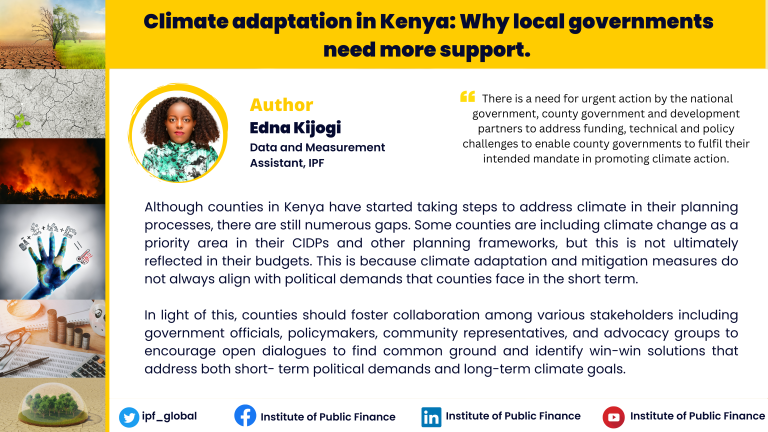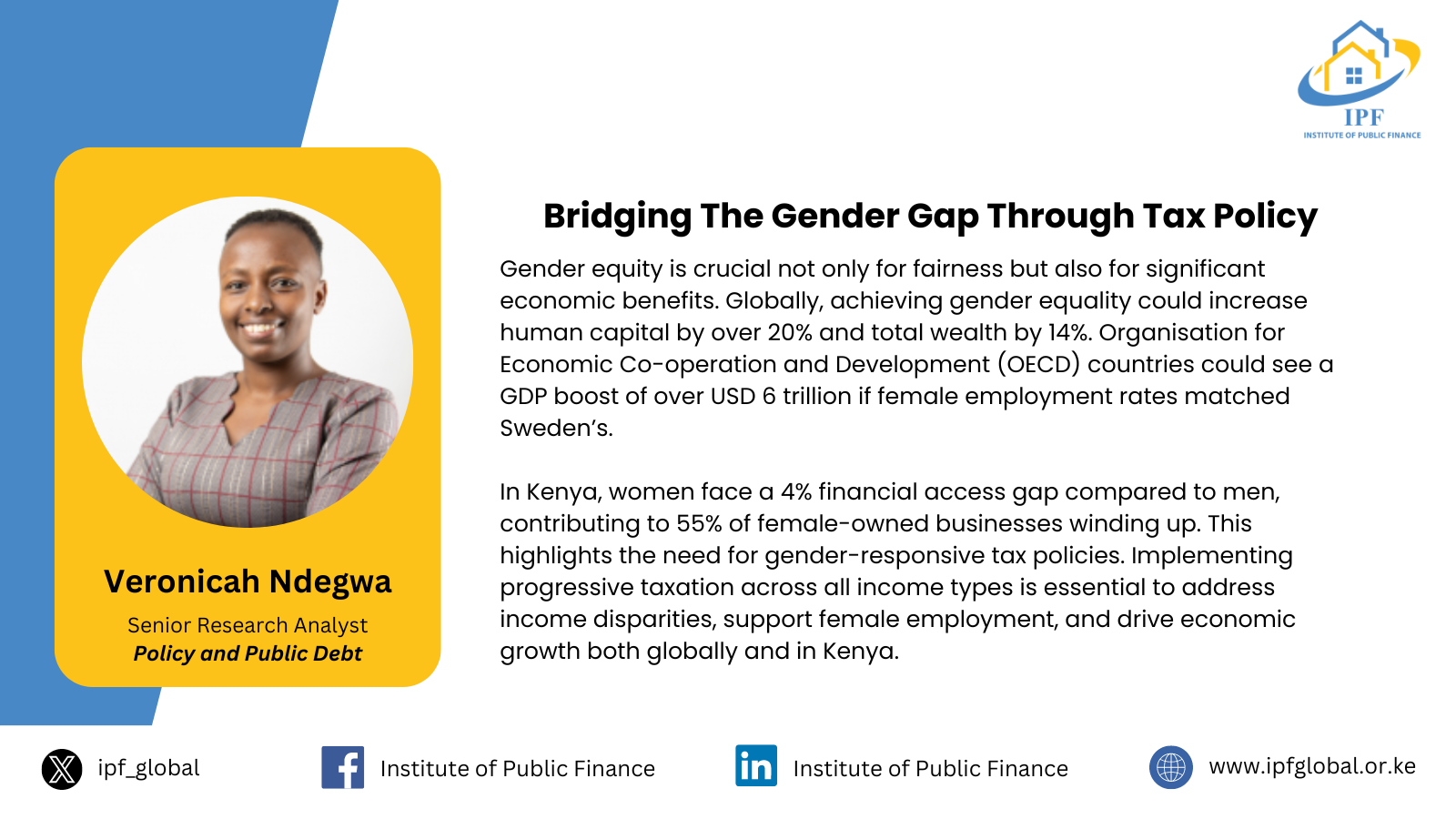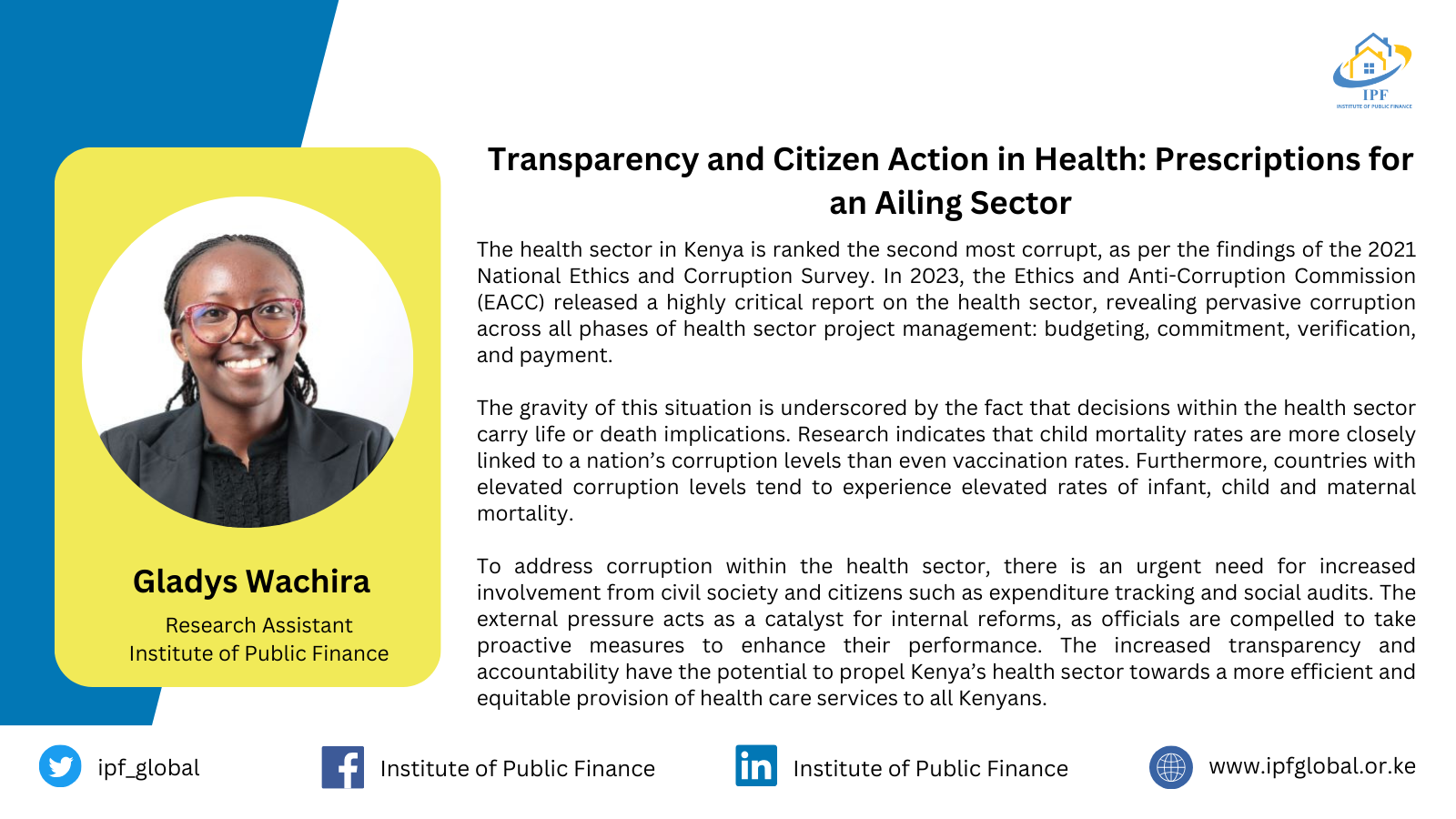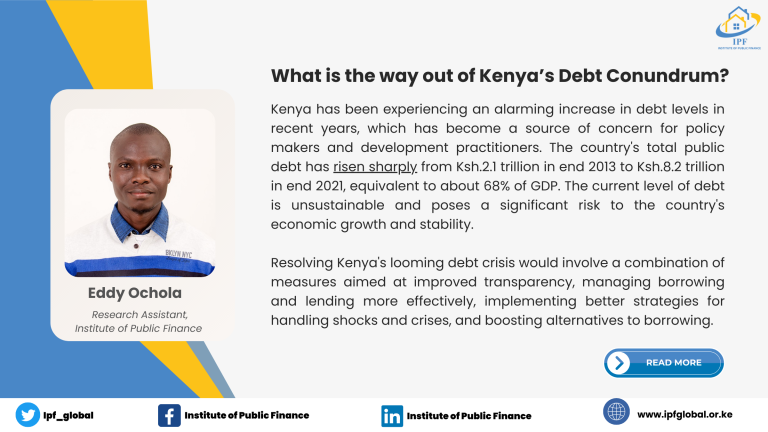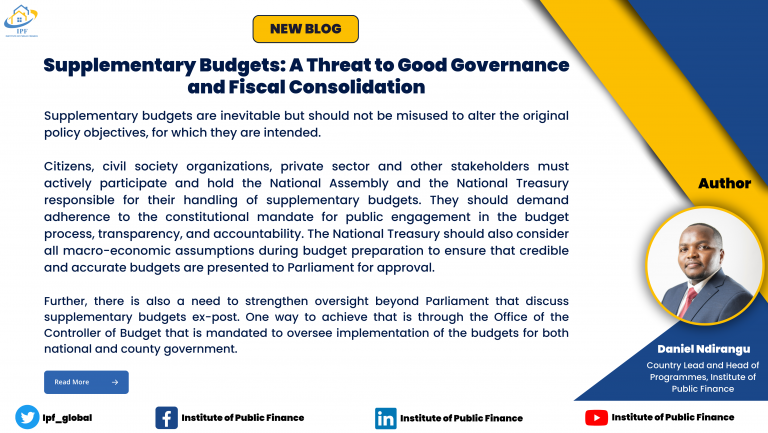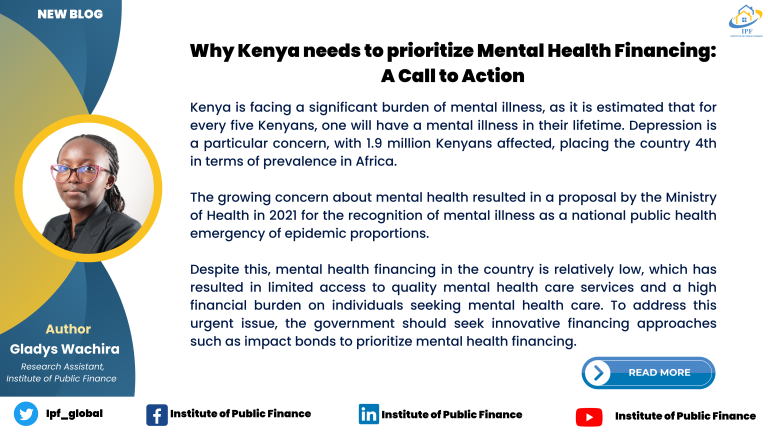Kenya has failed to provide adequate resources and guidance to counties for them to fulfill their mandate in promoting climate adaptation. While some counties have made efforts to integrate climate actions into their CIDPs, the level of implementation varies across counties. Improving implementation will require action by both national government and counties. Counties lack access to funds (in part due to slow transfers from the national government), but also need a robust legal framework, expertise, and adequate monitoring from the national government, as well as mechanisms for cross-county coordination. At the same time, counties need to do more to incorporate the views of the public into climate strategies.
Financing climate at the county level has suffered, like all county programs, due to delayed disbursement of equitable share transfers from the national government. A recent press statement from the Council of Governors highlighted the delay of 29.6 billion for the 47 counties for March 2023 allocation. This means that the counties lack adequate funds to implement programs including those related to climate adaptation. The national government needs to ensure timely disbursements to allow counties to implement adaptation programs.
Counties also need technical support from the national government.
According to the CoG and the National Treasury, funding from the national government to build capacity and provide technical support at the county level is insufficient. A policy brief by the Adaptation Consortium in 2019 highlighted that county officials in charge of climate adaptation lacked the necessary competence to identify and prioritize adaptation interventions. The Draft National Green Fiscal Incentives Policy Framework by the National Treasury published in December 2022 also highlighted the need to allocate more resources to strengthen the capacity of the counties in promoting adaptation. The national government should therefore organize capacity building programs on climate risk assessments, monitoring and evaluation, and public participation in climate adaptation. There have been efforts do this through the Financing Locally Led Climate Action (FLLoCA) Program, which is pioneering the first national model of devolved climate finance with an emphasis on social inclusion, governance, and citizen participation.
While timely receipt of funds and TA from national government are necessary for implementing climate programs, they are not sufficient. Counties must also take further action. According to the CoG Statutory Report 2019, only 6 counties have established climate change funds and developed regulations to be able to set aside an average of 2 percent of their development budget for adaptation. Counties also need to appoint designated officials to coordinate climate change affairs and establish robust mechanisms to track progress towards achieving climate adaptation goals.
Counties must also do more to engage communities at the local level. County officials should ensure that the public is well aware of the participation spaces available and that their input will be taken into consideration to inform climate action priorities. A baseline study conducted by Crawn Trust in Nyandarua, Kwale and West Pokot found that community members do not participate in activities that require public participation in climate issues. The study found a need to raise awareness among locals about public participation in budget making, policy making, and county planning.
Finally, county governments should promote horizontal coordination to enhance their ability to manage climate-related risks. They should work together to assess the impacts of climate change on interdependent sectors such as agriculture, water, and mining. For example, the counties in the Mara River Basin have established a collaborative mechanism called the Mara River Basin Coordination Unit (MRBCU) to address climate impacts in the basin. The MRBCU brings together county governments, water users, and other stakeholders to develop joint solutions to manage climate risks. Other counties that share resources could adopt this mechanism. Weak or non-existent climate change coordinating units in the counties have frustrated efforts at coordination. Counties should build capacity of these units so that they can work more closely across county borders.
In sum, while counties have started taking steps to address climate in their planning processes, there are still numerous gaps. Some counties are including climate change as a priority area in their CIDPs and other planning frameworks, but this is not ultimately reflected in their budgets. This is because climate adaptation and mitigation measures do not always align with political demands that counties face in the short term. The counties should therefore foster collaboration among various stakeholders including government officials, policymakers, community representatives, and advocacy groups to encourage open dialogues to find common ground and identify win-win solutions that address both short-term political demands and long-term climate goals. In conclusion, there is a need for urgent action by the national government, county government and development partners to address the funding, technical and policy challenges identified here to enable county governments to fulfill their intended mandate in promoting climate action.
Climate Adaptation Blog – Edna
